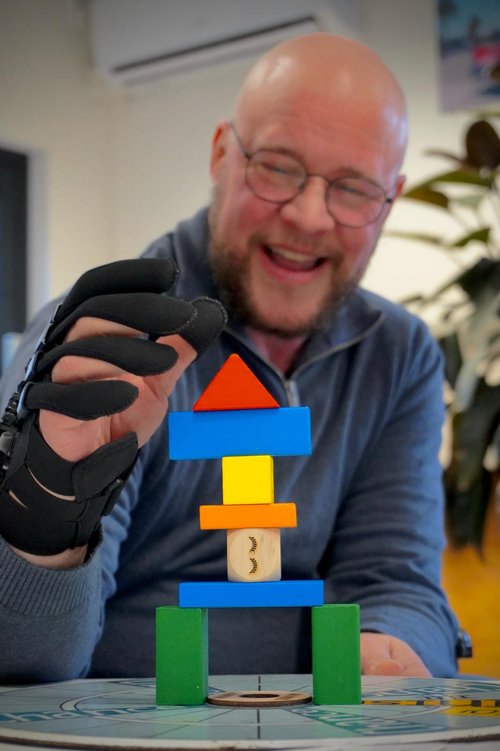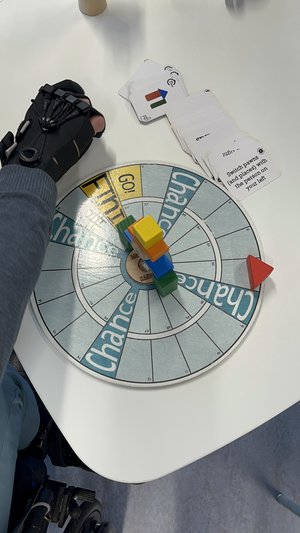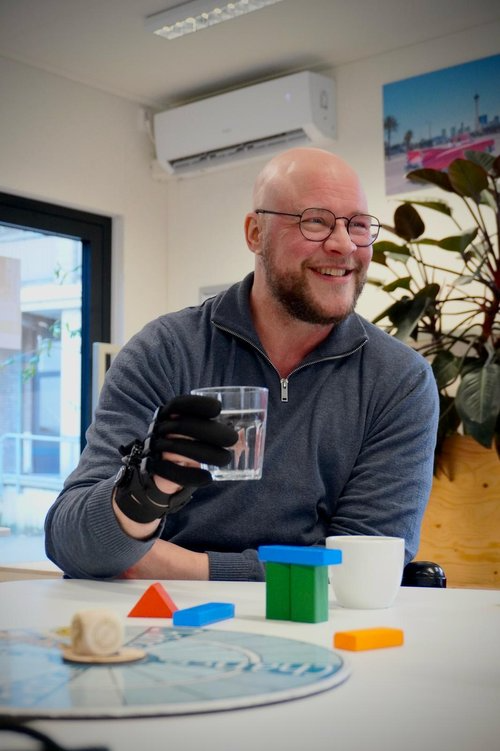
Keep your control at hand
Innovative functional orthosis designed to support your rehabilitation from home
Available in Small, medium and large sizes for either the left or right hand
Experience The Madglove Assist
Curious how the Madglove Assist supports hand mobility and daily function?
Book a free demo call to see the glove in action, ask questions, and find out if it’s right for yourself, your patient or your organisation.
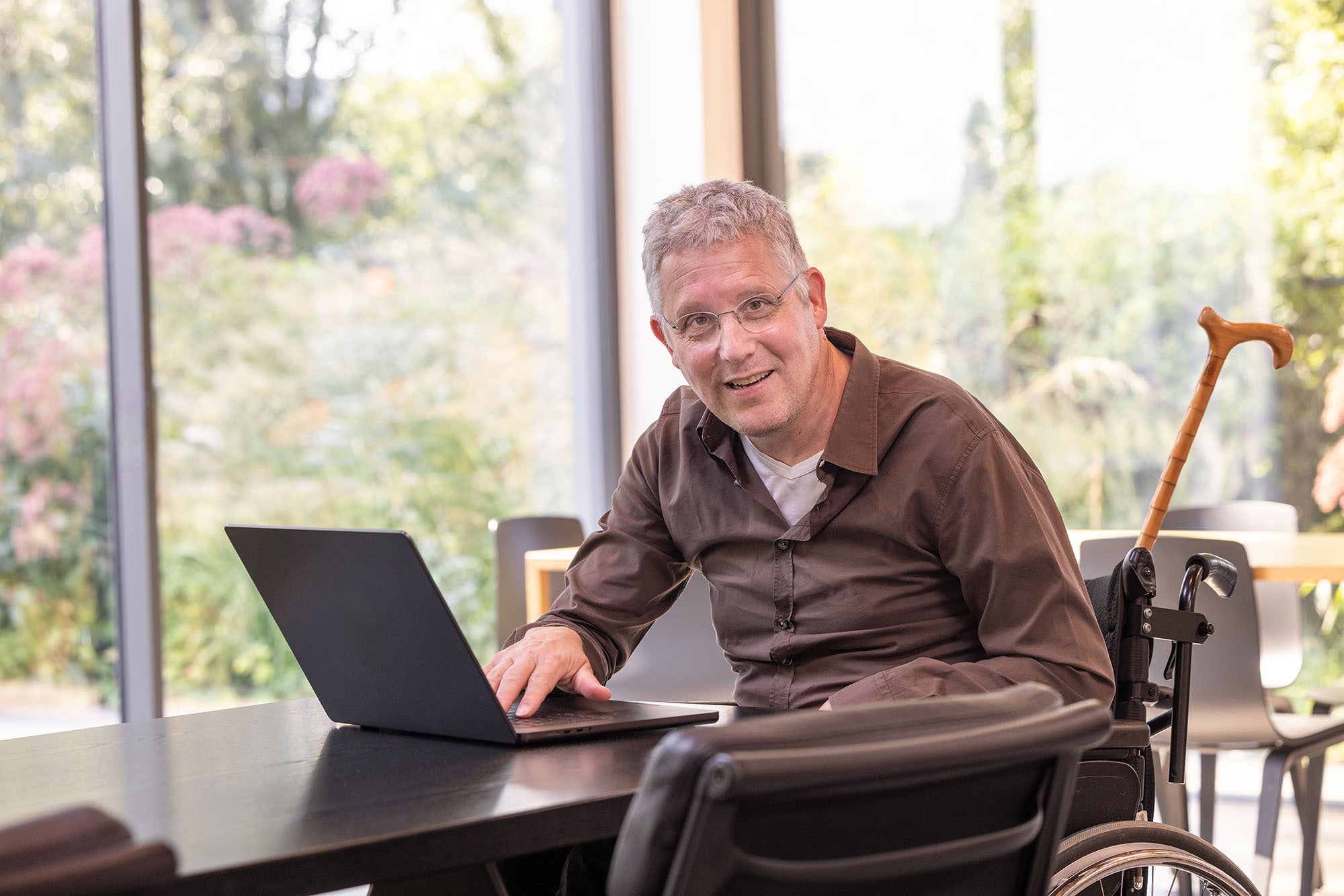
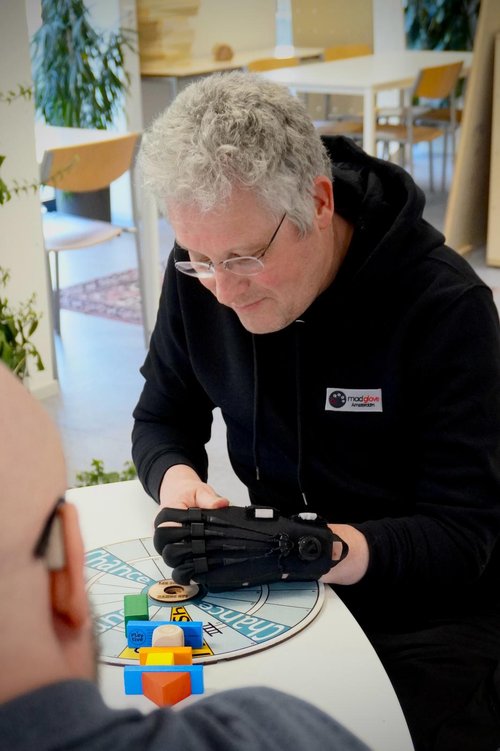
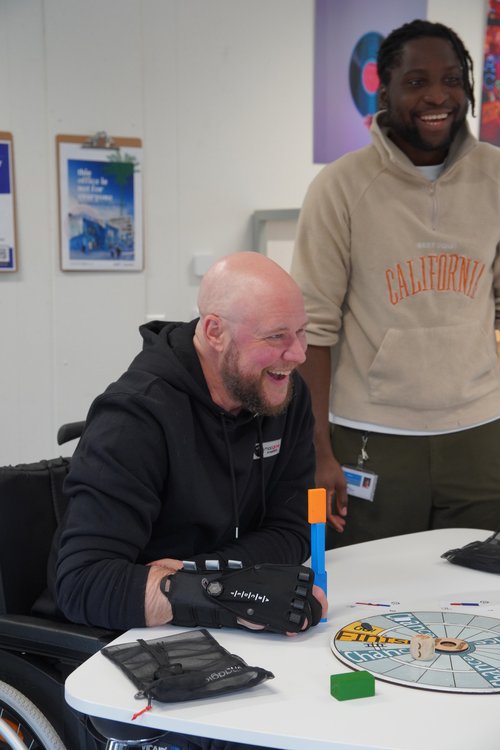
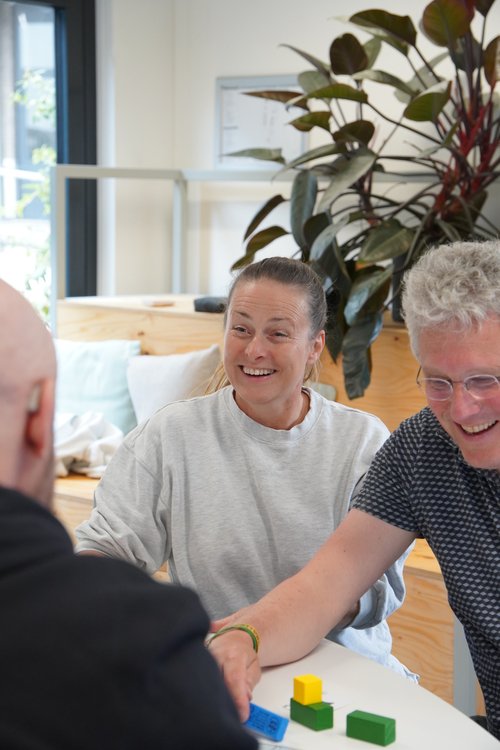
Meet Our Ambassadors
Madglove’s ambassador community inspires, informs and connects people during their rehabilitation journey and enables us to improve lives.
Hear why our customers trust us
-
After my patient wore the glove at home for 2 weeks, his fingers opened up more and we were able to finally train his hand in the clinic.
Physiotherapist
-
,,(At Madglove) I felt welcomed, I felt free and I felt good. (While wearing a glove)I could pick up things which I couldn’t do for the last 12/13 years. It works! (I thought) it can’t be true, but it is! I am happy! (The glove) can support me. I think the glove can increase my life quality.’’
An Brasser, Glove User
-
,,The Madglove is designed to significantly assist people with ABI in their activities of daily living. While I haven’t seen in it practice with patients (yet) I believe that this glove can make a valuable contribution in supporting users making their hand more functional in ADL skills and thereby improving their independence.”
Lucas Koester, Practice DEEN










